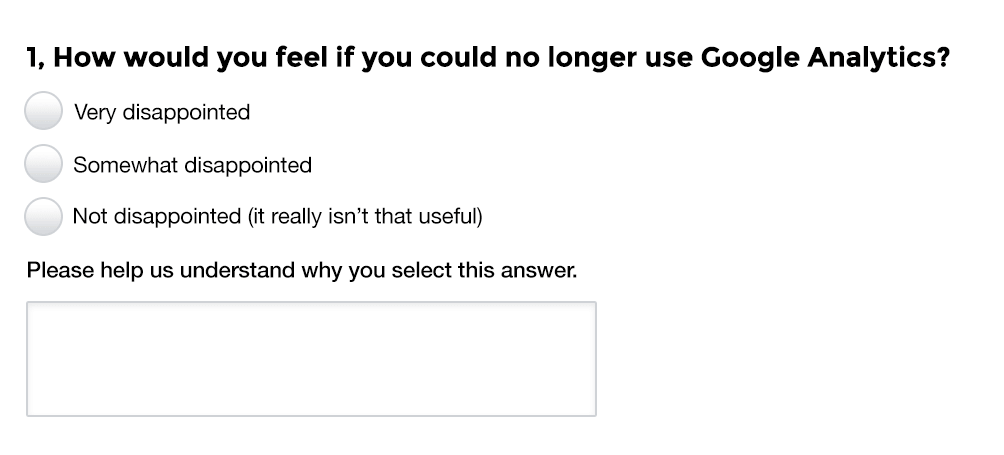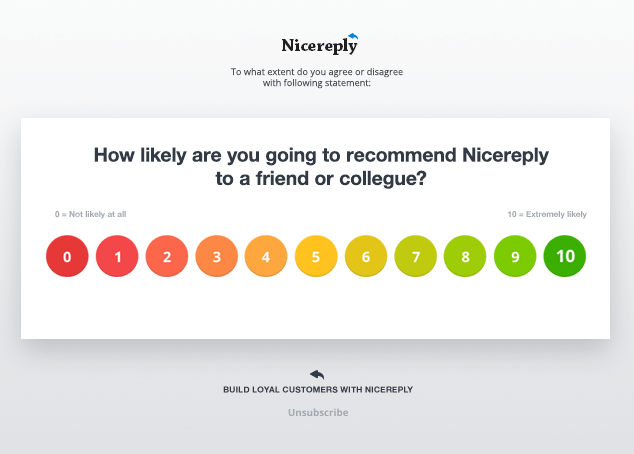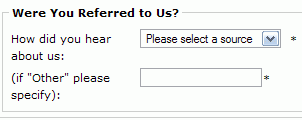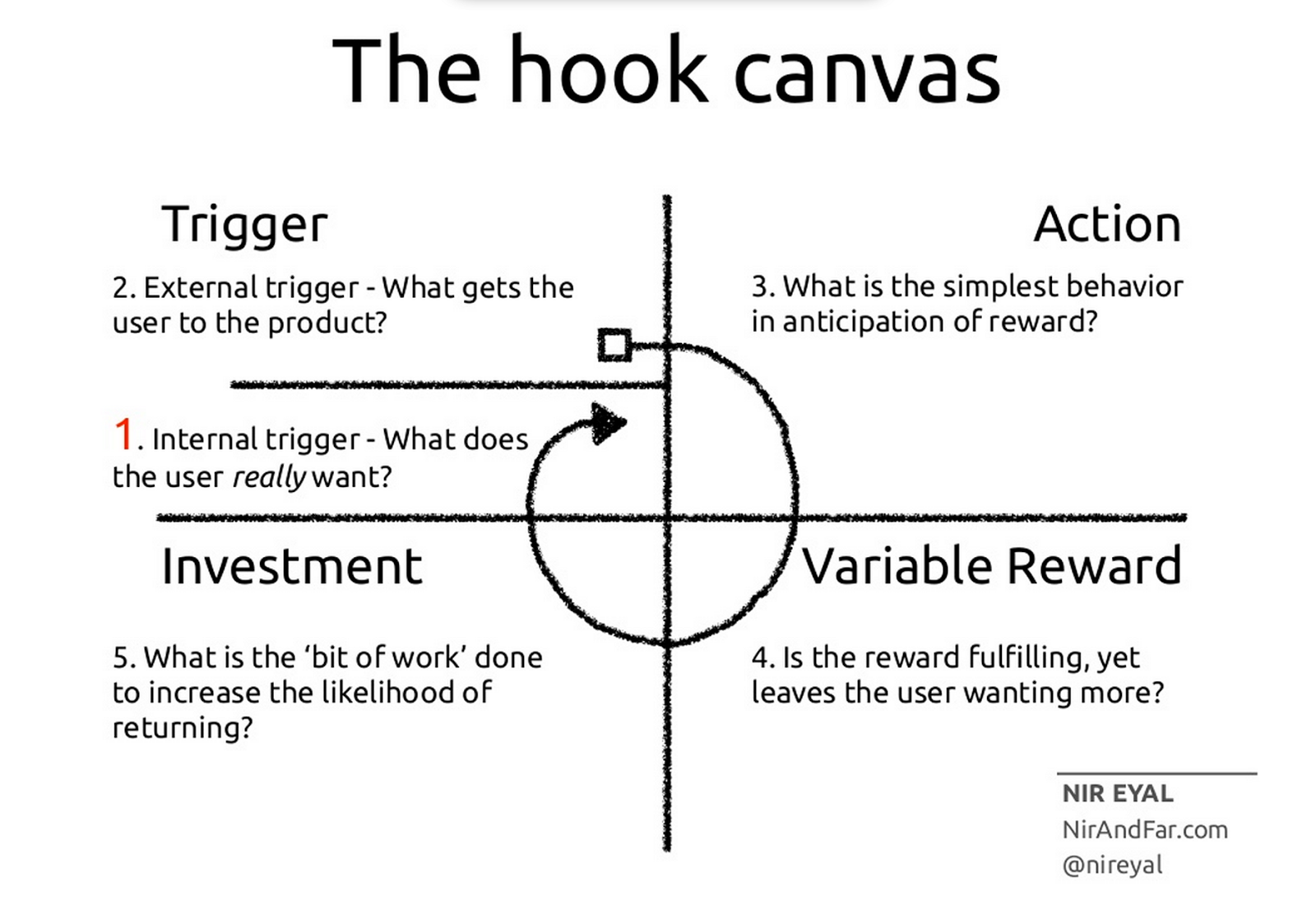If customers are satisfied, but not loyal, it’s time to shift the focus from providing great transactional service to building a long-term relationship.
Your customer satisfaction score has never been higher. But your boss keeps asking you why customers aren’t sticking around. The churn rate is increasing and customers just don’t seem to be loving your brand. Why is this? If customers are satisfied, surely they must also be loyal? Unfortunately, customer satisfaction isn’t the same thing as customer loyalty.
Customer loyalty can be a result of customer satisfaction, but only along with a lot of other factors. In this article, we break down why customer satisfaction isn’t the same thing as loyalty, and how you can measure and increase your own customer loyalty metrics.

Why Customer Satisfaction isn’t Loyalty
When we talk about measuring customer satisfaction, we’re usually referring to the surveys customer service teams send after a customer conversation. Customer satisfaction or CSAT only measures the customer’s attitude towards their latest interaction with the company. Was the issue resolved? If so, most customers will reply that they are satisfied with the service they received.
However, that customer might still be upset that they had to contact customer service in the first place. Imagine signing up for a weekly meal delivery service. Each week, they forget one of the ingredients in your box. Each week, you emailed them to ask about your missing ingredient. Each week, they promptly replaced the missing ingredient quickly with a great apology and a credit towards next week shop.
You might be satisfied with the resolution of each conversation – but you probably won’t be loyal to the company for very long.
Customer satisfaction is a transactional metric. It’s a one time happy face response. It’s not permanent.
 What is customer loyalty?
What is customer loyalty?
If customer satisfaction is a short term win, customer loyalty is the long term goal. Loyal customers will spend more with your company over their lifetime. They will recommend you to family and friends. They will stick with you because they want to, not because they have to. Loyal customers are the ultimate goal of any company that wants to stay in business.
That’s because loyal customers spend more money than new customers. Bain & Company found that “a shopper’s fifth purchase was 40 percent larger than the first, and the tenth purchase was nearly 80 percent larger than the first.” Keeping a customer coming back for more means they’ll continue to grow their lifetime value with your company.
Customer loyalty has two sides – how a customer feels and talks, and how a customer actually behaves. For example, a customer might recommend you to family and friends, but never repurchase again. On the flip side, a customer might be using your product on a monthly subscription plan, but deeply unhappy that they don’t have another option. Both are examples of loyalty manifesting in different ways.
Measuring Customer Loyalty
How do you know if customers are loyal or just satisfied? Measuring customer loyalty can be difficult because customers don’t always do what they say they will. You need to measure both how the customer thinks of your business, as well as the actions they take.
Measuring feelings
Asking customers if they are loyal provides responses that will help you understand where to start looking for loyalty opportunities. NPS surveys ask customers directly about their willingness to recommend your product. Adding a follow up question will provide qualitative information about what’s driving your customer’s loyalty (or disloyalty).
Measure the number of customers whose first purchase came from a referral to see how likely customers are to refer your product. If most of your new customers come from referrals, it’s a good sign that your existing customers feel loyalty to your brand.
A newer survey, termed the “product-market fit survey” by Sean Ellis, asks customers how disappointed they would be if your product disappeared tomorrow. Customers who feel strongly about your product would be upset to find a new solution. Customers who are primed to become disloyal would not be very disappointed if you were gone tomorrow.

Measuring behavior
Even if a customer says they love your company, there can be reasons they don’t act loyal. If their needs change, or their budget is cut or a competitor woos them over, you might see a seemingly loyal customer leave.
That’s why it’s important to measure not just what customers say, but what they do.
Churn rate, measuring either the % of accounts cancelling, or the revenue lost by cancelled or downgraded accounts, is the clearest indication of loyalty issues. If you don’t offer a subscription product, you can swap churn rate for repurchase rate, which measures how many customers make a second purchase.
Active usage is a great leading indicator of loyalty. Customers that are consistently active tend to be more loyal. If you see a drop off in usage, that’s cause for concern.
Understanding these patterns often requires deeper product insights. Many teams rely on analytics tools to monitor behavior trends, surface friction points, and identify early signs of churn. Additional context on widely adopted tools is outlined in this expert-crafted G2 guide on best product analytics software, based on the insights from the G2 Grid Report.
Measuring loyalty is the first step in understanding whether your customers are sticking around for life – or if they are just satisfied.
Moving from Satisfaction to Loyalty
If customers are satisfied, but not loyal, it’s time to shift the focus from providing great transactional service to building a long term relationship. Customers will stay loyal to companies that provide value. Here’s three ways to start creating more loyal customers:
Reduce effort – 96% of customers who report high effort experiences become more disloyal to the company in the future. The easier you can make it for customers to do business with you and purchase from you, the more loyal they will be. Measuring customer effort score is a great way to get started with reducing effort.
Increase engagement – customers don’t just want to be satisfied, they want to fall in love with your brand. This means interacting with the people behind your company, participating in community events and feeling like part of a mission. It’s about communicating with customers more often than just when they have a service inquiry. You want to have more positive interactions than negative interactions.
Invest in loyalty programs – offering perks for referrals or repeat purchases is a lovely way to reward loyal customers. Sometimes just the smallest external motivation can make customers fall into a loyalty cycle. It’s worth looking into Nir Eyal’s Hooked method for creating addictive products. A small external trigger (maybe an email or a notification) triggers the user into performing a small action in anticipation of a reward. They receive value from the interaction and want to keep the cycle going.
Moving customers from satisfied to loyal requires a shift from reactive to proactive thinking. Low customer satisfaction can contribute to disloyalty, but high customer satisfaction doesn’t ensure loyalty.
To create long term relationships with your customers, you need to understand how and why they act the way they do. Then, work to build value into your product and keep customers engaged. Keep your customer with these customer retention strategies in our mega-guide.












